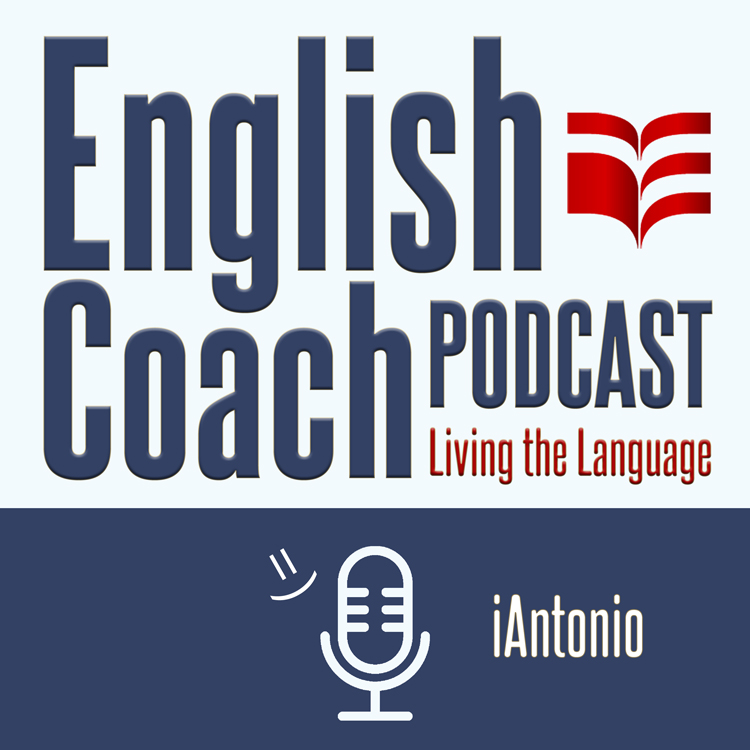Episode 15 – Present Perfect – final
Episode 12 – Present Perfect – reframed
Episode 7 – Present Perfect – intro.
Shoutouts – to first fans and featured artists
Featured Artists: Lydia Grm in performance & on Instagram | Pia Schnackenberg on Instagram
First Fans: Julia from Rostov-on-Don on Instagram | Taya from Moscow on Instagram | Olga from Moscow on Instagram |
The present perfect is a fresh and elegant form, and I would encourage any learner of English to familiarise themselves with it. It is NOT necessarily about using it all the time immediately, but I do encourage structured practice now. After structured practice with exercises, useful activation – or in other words integration into your active language repertoire – will begin to happen with an ability to recognise and reflect on the meaning. Recognising for yourself when this form is used instead of other forms, such as the simple present or simple past.
Recommended Book: English Grammar in Use, Book by Raymond Murphy
Reflection: This episode 12 is quite poignant for many reasons. Two of which: I remember when I was learning to be a teacher of English as a second language to adults – my then instructor tried to kill me (or so it felt at the time) – by requesting that I explain 6 time forms to a live audience of adult learners in 20 minutes.. Further collaboration with Lydia (in performance below) was rendered last year Dec. 24, 2018 – at a particularly difficult time in my life – hands effectively tied at distance – more on that later perhaps.
MEANING
That present perfect tense is used to talk about things that started in the past and have a present result. In other words we are talking about things that have a bridge to the past. If we pause a bit, and think about time, we can also say that the present perfect is all about so-called – unfinished time.
If on the other hand, we are talking about something that that doesn’t really have a connection to now – doesn’t really have any present observable evidence – we use the past simple. We can also say that the past simple is all about so-called – finished time.
When using the present perfect in some if not most cases we do not need to mention time, because it is understood that the relevant time period started in the recent past and / or has relevance – that continues up to now. The time phrases that are used with the present perfect express ‘unfinished time’ – they include: already, yet, before, never, recently, at last, ever, just, lately, this morning, this afternoon, this evening, today, this week, this month, so far, until now.
On the contrary, when using the past simple, we can specifically mention the ‘finished time’ we are talking about by using time phrases such as: two months ago, one year ago, last week, yesterday, when I was 10 years old.
FORM
[ SUBJECT+HAVE/HAS+3rd FORM Verb ]
SUBJECT: This can be a proper noun or pronoun (I, she, he, they, it etc.)
HAVE / HAS: always appears, and is in this case an auxiliary verb – a helping verb if you like, it is sometimes not stressed and contracted.
VERB: The main verb is used in the past participle form, or the third form as I often say.


Gehört werden! >> direkter E-Mail-Kontakt, Show-host

